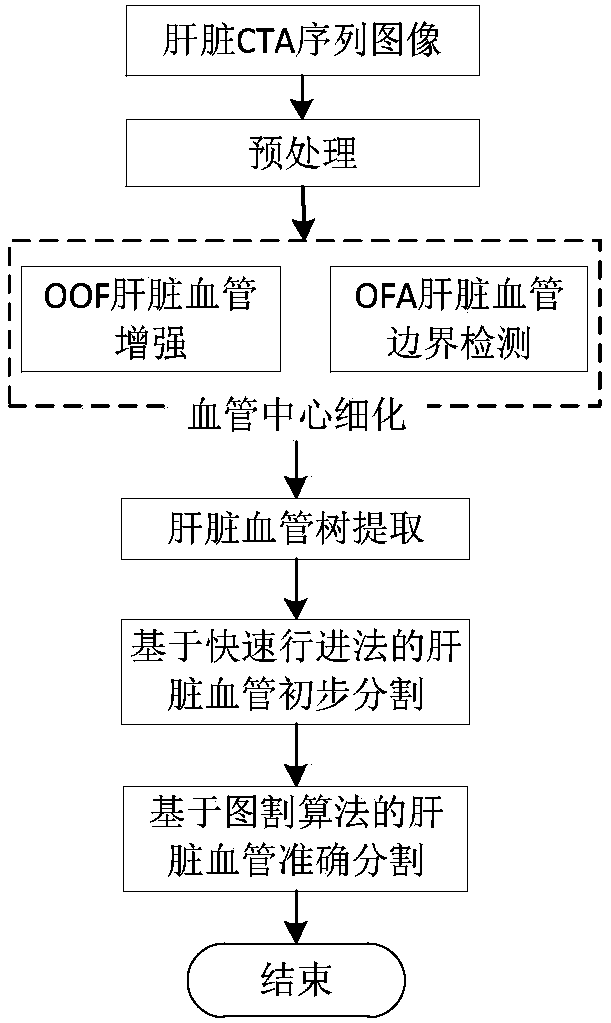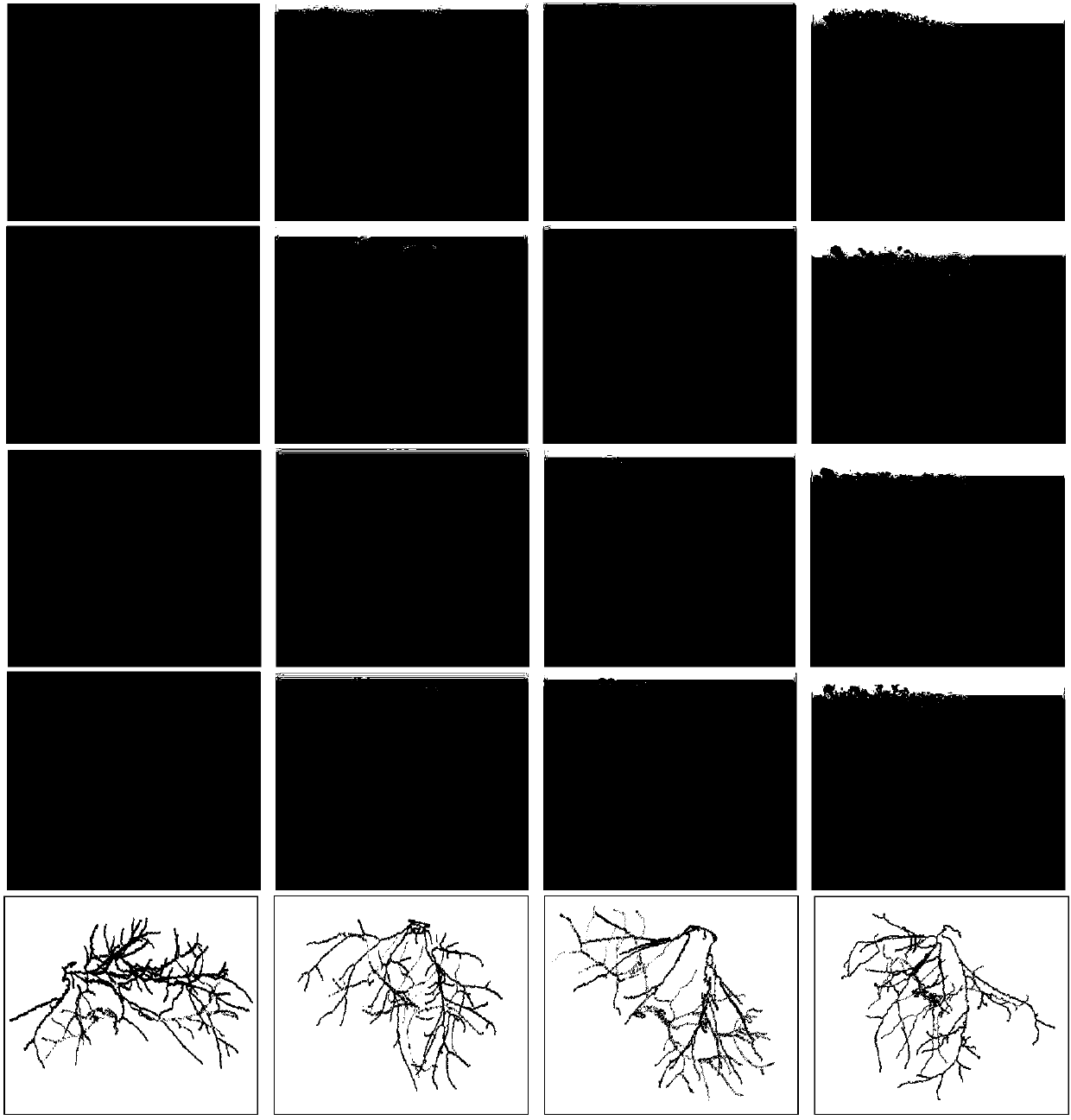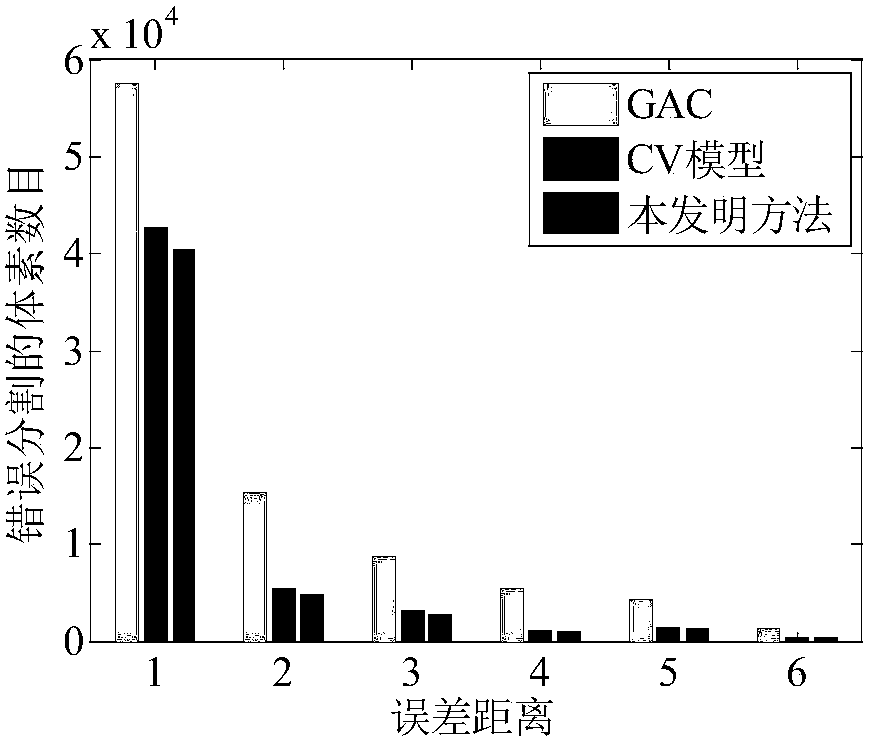A Blood Vessel Segmentation Method for Liver CTA Sequence Images
A technology of liver blood vessels and sequence images, applied in the field of medical image processing, can solve the problems of ineffective segmentation of small blood vessels, low contrast, and ineffective extraction.
- Summary
- Abstract
- Description
- Claims
- Application Information
AI Technical Summary
Problems solved by technology
Method used
Image
Examples
Embodiment Construction
[0072] figure 1 It is a flow chart of the blood vessel segmentation method for liver CTA sequence images implemented in the present invention. Firstly, the window width / window level is adjusted from the input liver blood vessel image, the contrast of blood vessels is improved, and the noise is smoothed by anisotropic filtering. Then, the OOF and OFA methods are used to enhance the vessels and their boundaries, and optimize the central response of the vessels. Next, according to the geometric structure of the vessel, the centerline of the vessel is extracted and a vessel tree is constructed. Finally, the fast marching method is used to initially segment the liver blood vessels, and the graph cut energy function is constructed by combining the gray distribution of the initial blood vessels and the background, and the energy function is optimized to achieve accurate segmentation of liver blood vessels.
[0073] Combine below figure 1 , using an embodiment to describe in detail...
PUM
 Login to View More
Login to View More Abstract
Description
Claims
Application Information
 Login to View More
Login to View More - R&D
- Intellectual Property
- Life Sciences
- Materials
- Tech Scout
- Unparalleled Data Quality
- Higher Quality Content
- 60% Fewer Hallucinations
Browse by: Latest US Patents, China's latest patents, Technical Efficacy Thesaurus, Application Domain, Technology Topic, Popular Technical Reports.
© 2025 PatSnap. All rights reserved.Legal|Privacy policy|Modern Slavery Act Transparency Statement|Sitemap|About US| Contact US: help@patsnap.com



